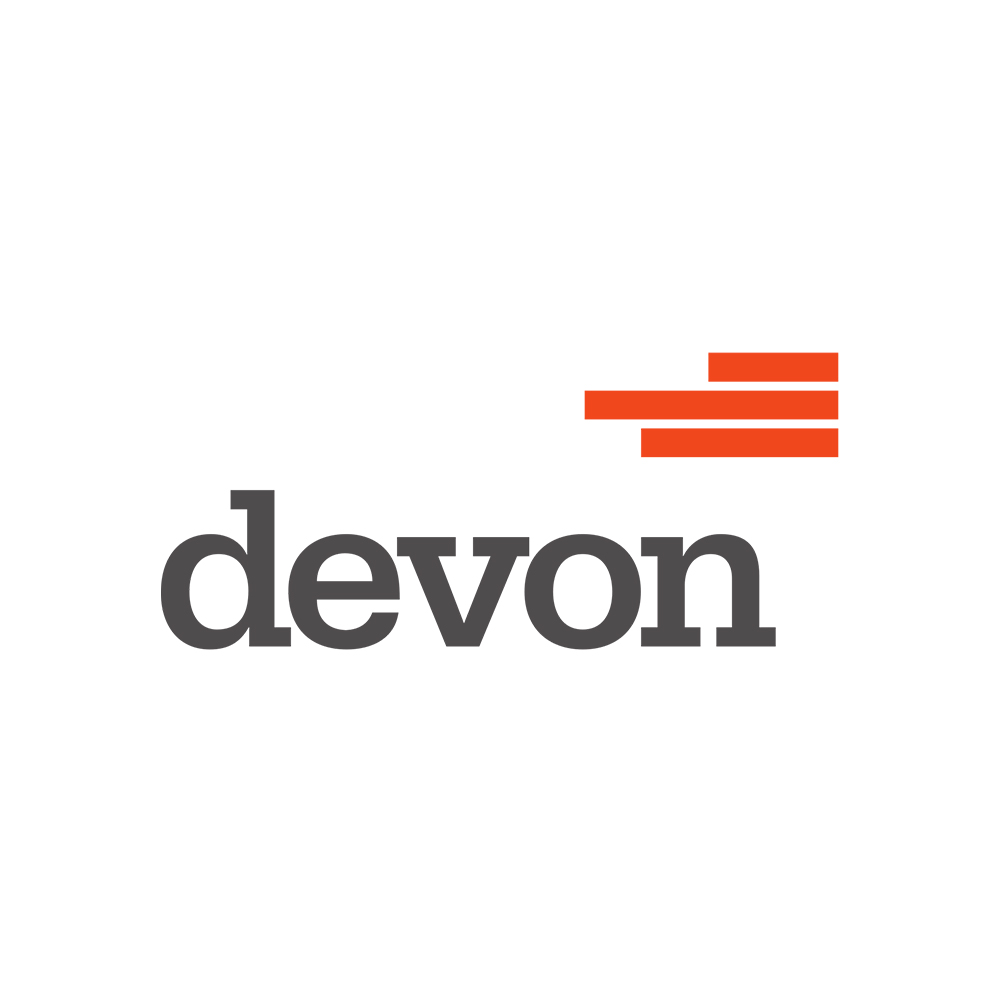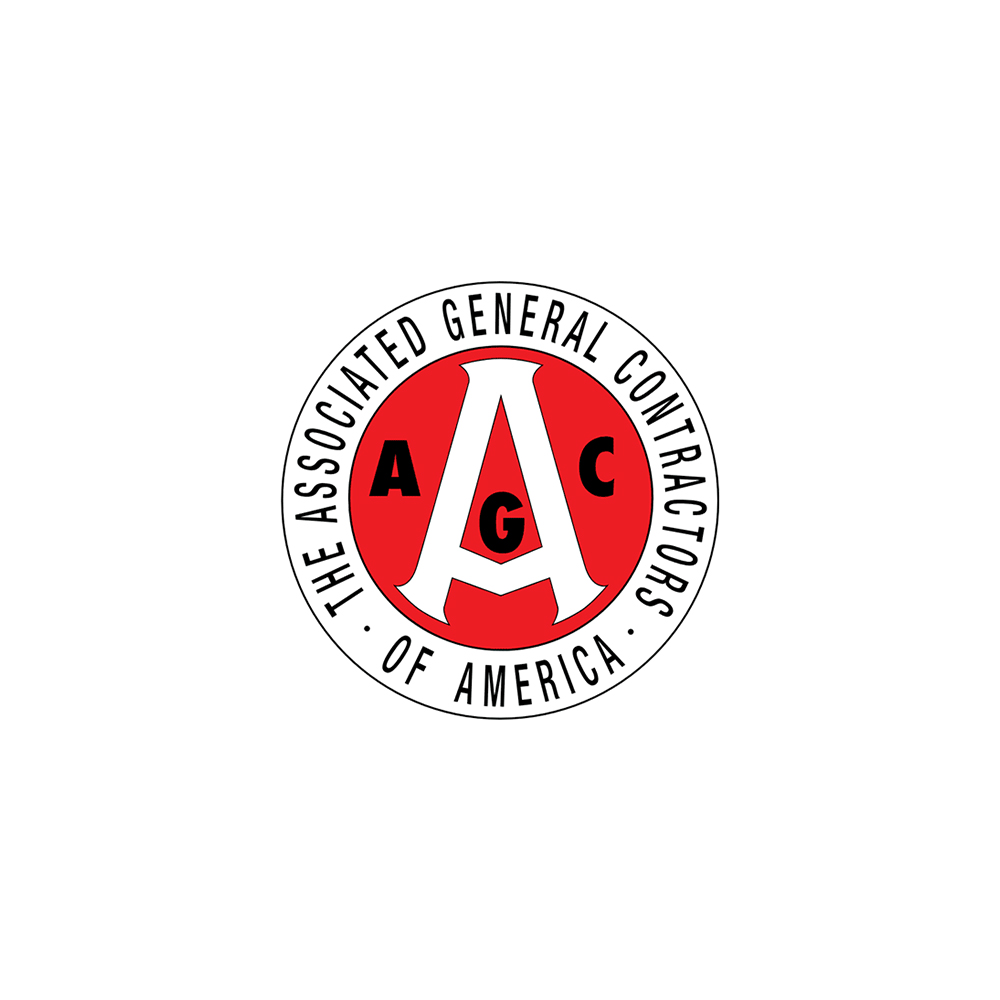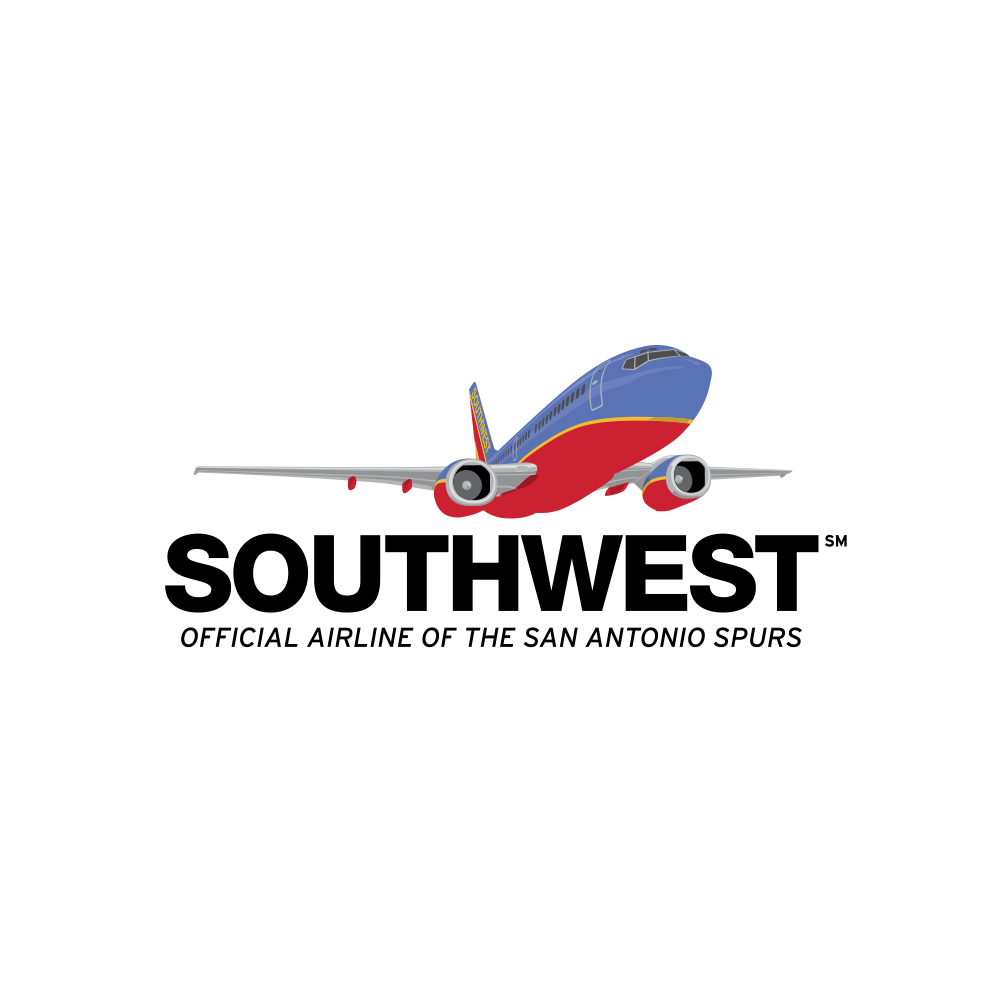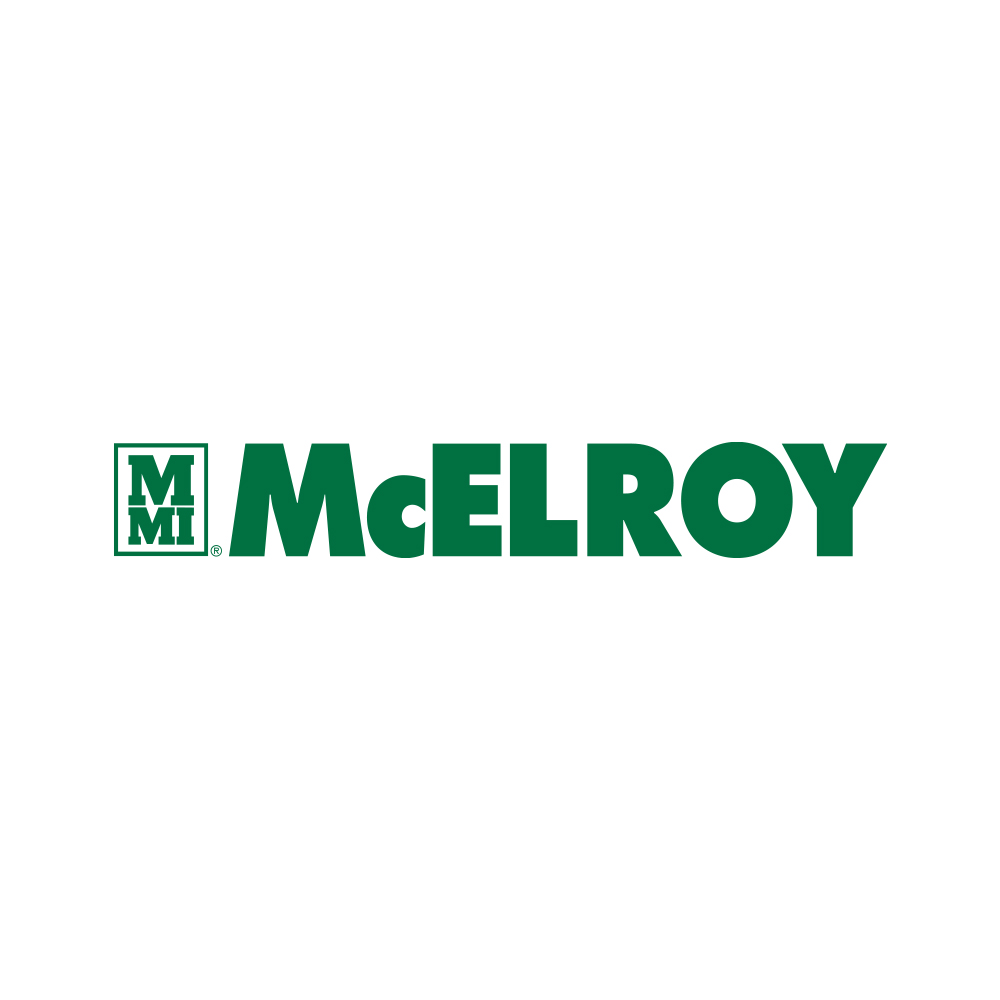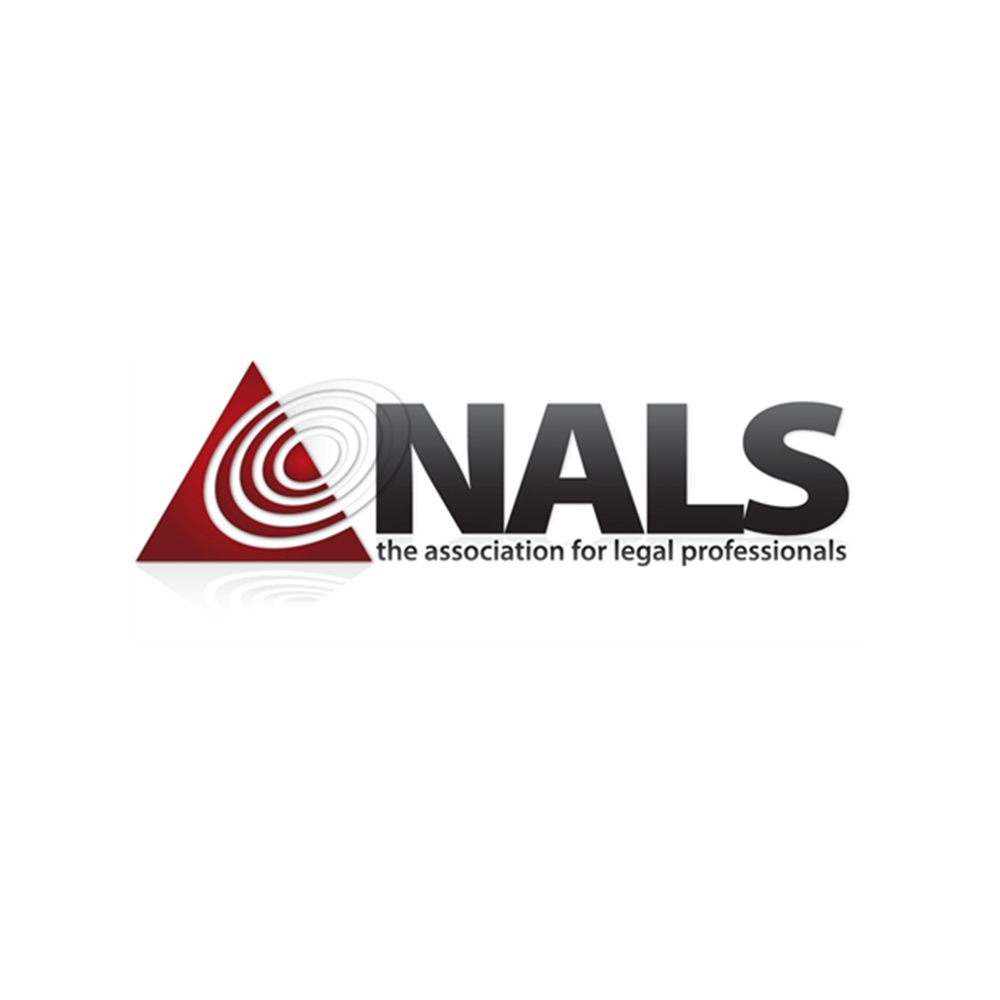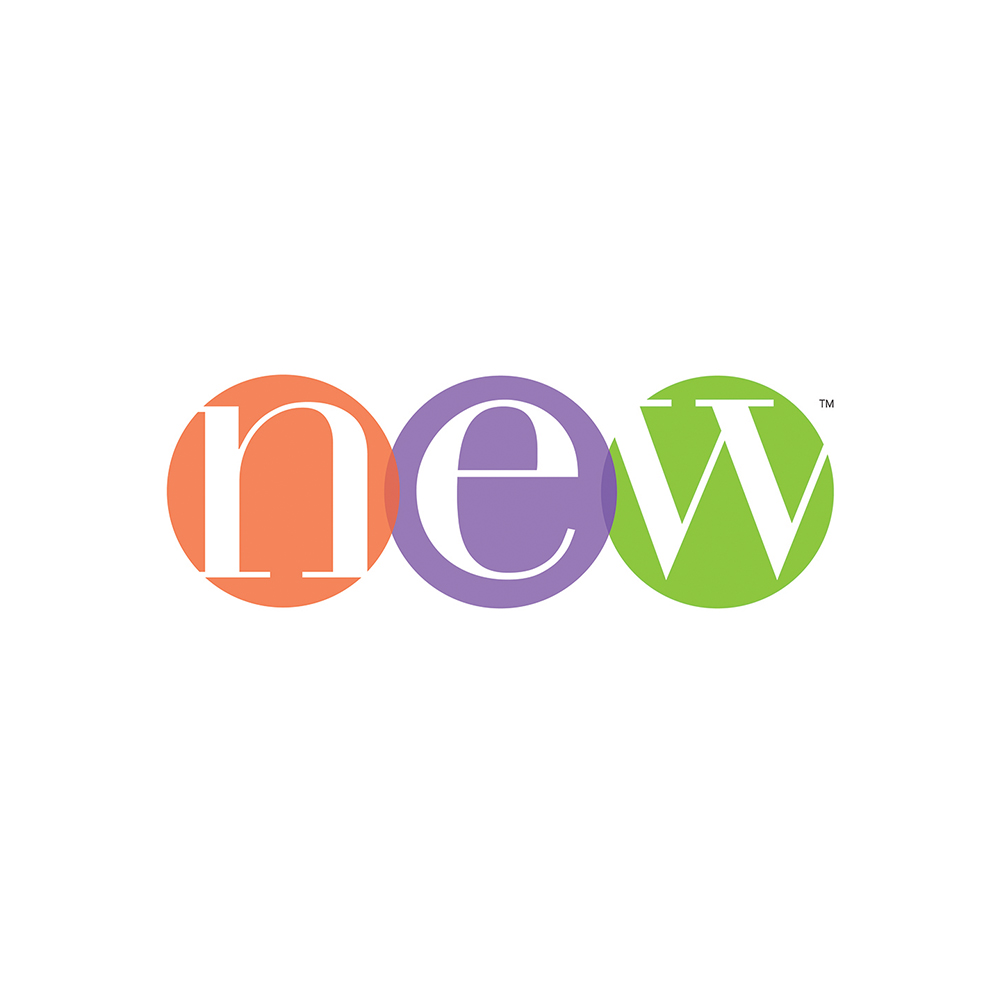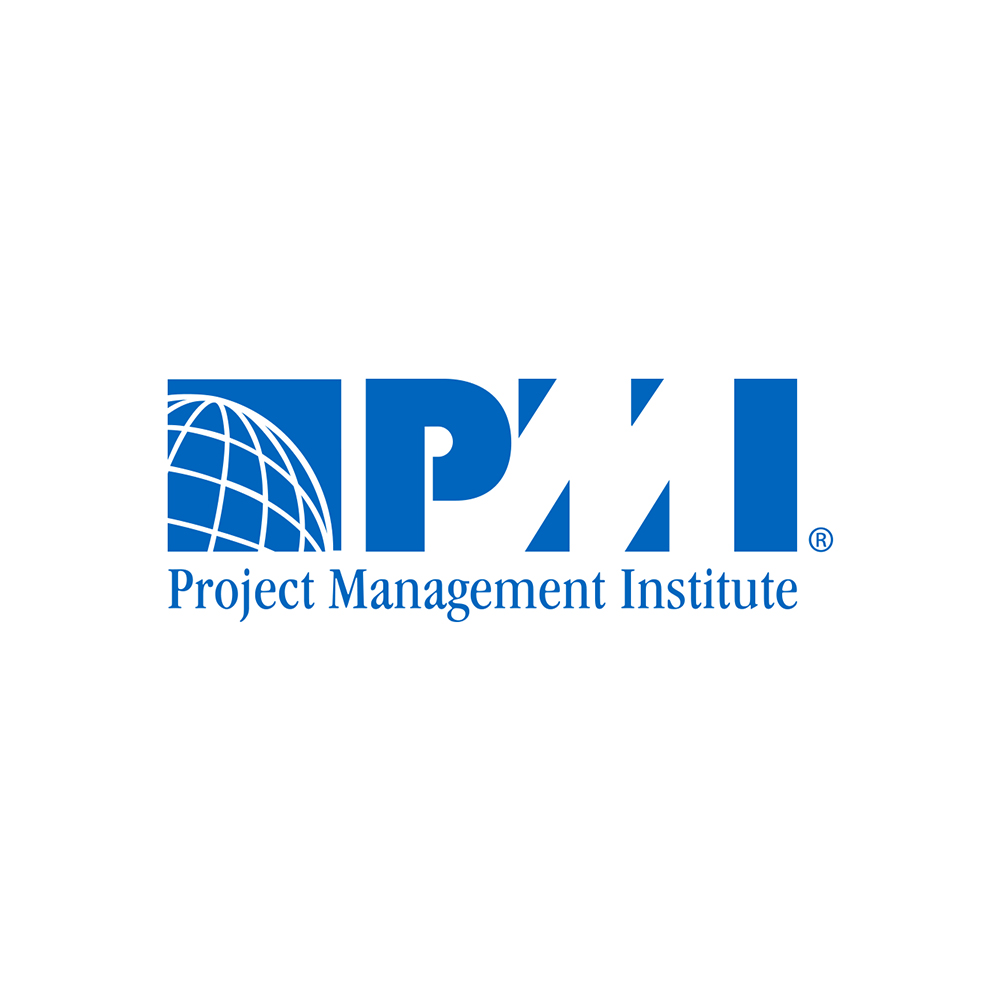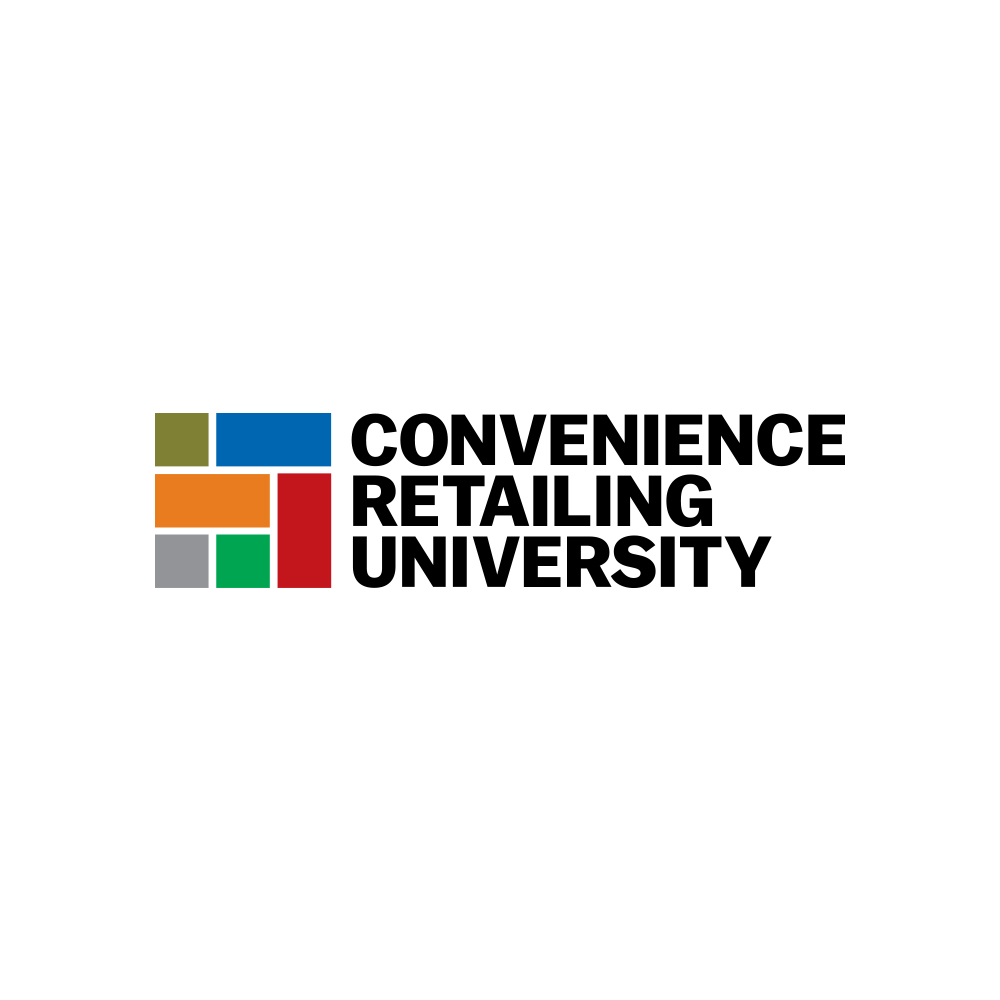A Guide to Returning to the Office in 2025
The debate over return to office (RTO) mandates will continue to shape workplace dynamics in 2025 and beyond. Leaders who ask the right questions, seek input from their teams, and proactively adapt are better positioned to thrive in this evolving landscape.
*******
The nature of work continues to evolve, with a growing number of workers navigating the complexities of return-to-office (RTO) mandates. According to the RTO Realities and Predictions Survey by LiveCareer®, conducted in January 2025, 60% of U.S. workers anticipate an increase in RTO mandates in the coming year.
From the federal government to Fortune 500 organizations, mandates to return to onsite work are reigniting debates over the future of workplace arrangements. This is not without risk. An article in Barron’s addresses the fact that, if history is any indication, sweeping policies could usher in a new wave of resignations that would undermine the very efficiency it seeks to enhance.
For organizations, leaders, and HR professionals, this presents both challenges and opportunities.
Reimagining the workplace to support productivity, collaboration, and employee satisfaction is critical. The transition back to the office is no longer about “getting back to normal”; it’s about defining “a better normal” that aligns with your business goals and workforce expectations.
What Does a Better Normal Look Like for Your Organization with RTO?
The shift to hybrid work and remote setups during the past few years forced businesses to adapt at an accelerated pace. Processes once considered static had to evolve rapidly. Now, as companies strategize the return to office, the challenge is balancing what worked well with ongoing organizational needs.
Take the time to reflect on lessons learned. Ask yourself and your team:
- What worked well?
- What would you do differently moving forward?
Through this reflection, consider the gaps or “cracks” revealed by recent shifts in work environments:
- Processes: Were certain workflows inefficient or overly complex?
- Collaboration Models: Did teams experience challenges in communication or alignment?
Turning RTO Lessons Into Actions
Once you’ve identified gaps and opportunities, consider how to leverage what you’ve learned. Use these lessons to redesign processes and reimagine your office setup. For example, many organizations have embraced hybrid schedules while creating more collaborative, purpose-driven spaces in the office.
Here’s a step-by-step approach to optimize your RTO strategy while fostering “a better normal”:
1. Re-Evaluate Productivity
Productivity doesn’t always translate to tools and apps—it’s about outcomes.
- Engage managers to assess what’s working and what’s not.
- Look at innovation and adaptability metrics across teams.
Despite initial fears, many organizations have found employee productivity remained stable—or even increased—during hybrid or remote work periods. Use this data as a baseline for planning future work models.
2. Redesign Workflows for Flexibility
A rigid, one-size-fits-all approach may not work. Instead, consider offering structures that allow employees some autonomy while aligning with organizational goals.
- Introduce hybrid models that balance in-office collaboration with remote flexibility.
- Streamline workflows to accommodate clear responsibilities and reduce inefficiencies.
3. Communicate Expectations Clearly
Communication is important. Setting clear expectations for RTO policies helps minimize resistance and ensures alignment.
- Develop a transition plan highlighting expectations around in-office days, team collaboration, and accountability.
- Ensure transparent communication regarding why these strategies support organizational goals.
4. Foster a Collaborative Environment
Use the office as a space for collaboration and innovation. Focus on creating an atmosphere where teams can exchange ideas, solve problems, and foster relationships.
5. Showcase Employee Benefits
Returning to the office shouldn’t feel like a loss—it should feel like gaining purpose. Consider how to make the workplace more appealing by integrating perks like open, creative spaces, wellness initiatives, or professional development opportunities.
The Path Forward for RTO
The transition back to an office-driven or hybrid model isn’t just logistical—it’s cultural. Employees have seen what’s possible and now expect modern, compassionate workplaces that provide flexibility while fostering connection and collaboration.
The debate over RTO mandates will continue to shape workplace dynamics in 2025 and beyond. Leaders who ask the right questions, seek input from their teams, and proactively adapt are better positioned to thrive in this evolving landscape.
Leaders, Navigate the Return-to-Office Challenge with Confidence.
Are you ready to lead your organization through the complexities of returning to the office while keeping engagement, productivity, and retention strong? My Lead for Tomorrow keynote and workshop provide a strategic perspective of the evolving workplace, while equipping you with practical steps that you can apply today to lead for a better tomorrow. Contact my team to explore how we can build a more resilient and future-ready organization.
* This article was originally published in 2021.




